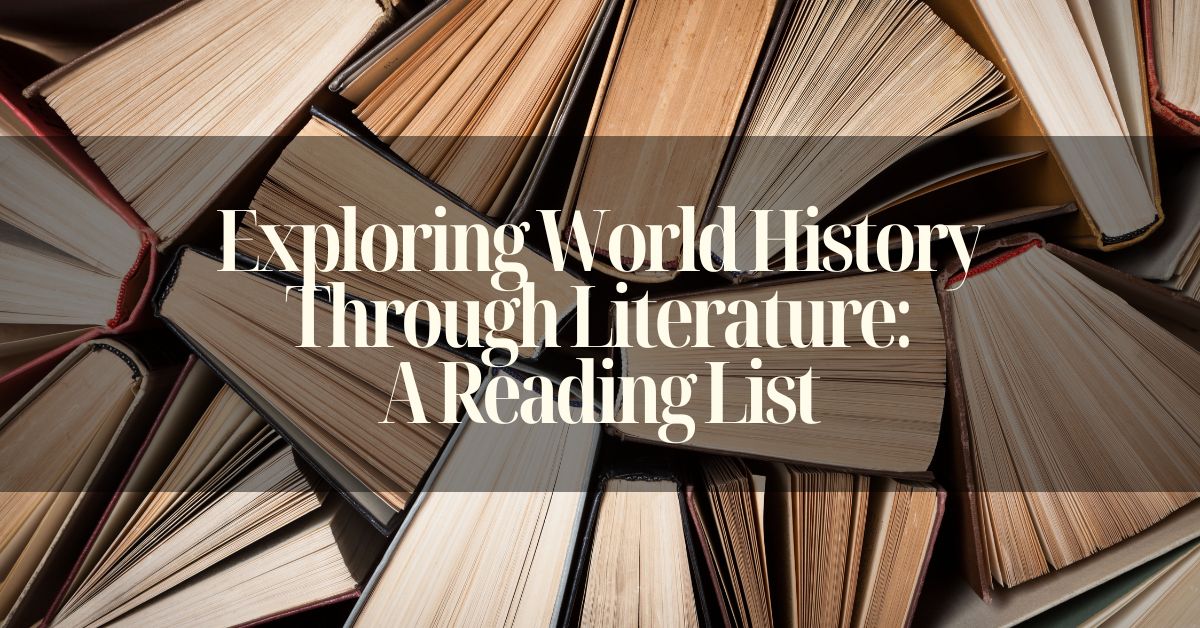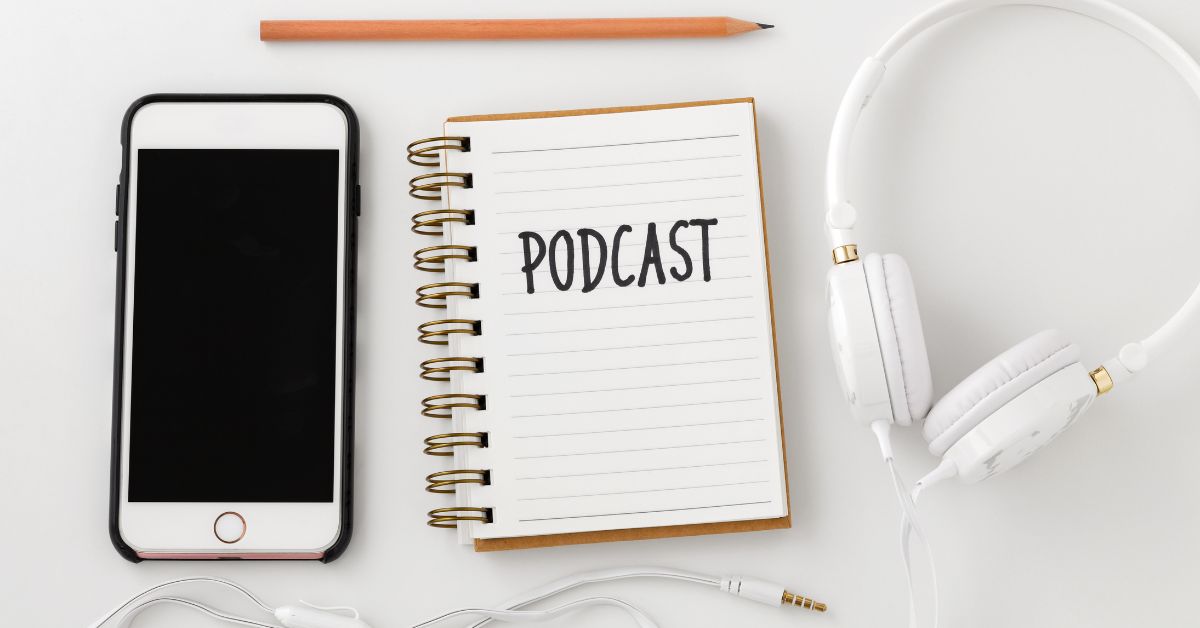For homeschooling families, incorporating world history into your curriculum can feel like a challenge. How do you make it more engaging than memorizing dates and events? One answer lies in a literature-based history curriculum. By using historical fiction and nonfiction, you can transport your children to distant times and places, helping them experience history in a personal and meaningful way. This post will guide you through the benefits of teaching world history through literature and provide a curated reading list to support your homeschool.
Why Choose Historical Fiction For Teaching World History?
Historical fiction combines storytelling with factual events, making it an excellent tool for teaching history. It allows students to connect with historical figures and grasp the complexities of different eras by seeing them through the eyes of relatable characters.
Here are some reasons historical fiction works so well for homeschoolers:
- Brings history to life: This genre humanizes history by showing the thoughts, fears, and dreams of people who lived through significant events.
- Builds empathy: By seeing events from different perspectives, students can understand the social, cultural, and political factors that influenced historic decisions.
- Encourages critical thinking: Talk with your kids about what parts of the story are factual and which are fictionalized. This learning activity helps develop research and analysis skills.
- Piques interest in new topics: Stories set during pivotal periods often spark curiosity. Your child might want to learn more about ancient Egypt after reading a novel about pharaohs, for instance.
If you’re crafting a literature-based history curriculum, focusing on historical fiction is an excellent way to begin. Once they’re hooked on narratives, learning the factual context and timeline becomes much easier.
Tips For Using Literature In World History Lessons
To maximize the benefits of literature-based learning, keep these tips in mind:
- Match reading levels: Choose books that align with your child’s age and comprehension level. Struggling readers may get discouraged with dense narratives, while advanced readers might crave more detail or complexity.
- Use discussion questions: After finishing a book, pose questions about the characters, setting, and historical events. Why did certain characters act as they did? How did the historical setting impact their choices?
- Pair fiction with nonfiction: For a rounded understanding, consider using nonfiction resources to back up what you’ve read in fiction. For instance, if you’re reading about World War II, complement it with maps, primary source documents, or biographies about key figures.
- Encourage creative projects: Ask your child to illustrate scenes, create timelines, or write letters as if they were a character in the story.
- Diversify perspectives: World history is rich with stories from different cultures and regions. Use books that show voices from a variety of backgrounds to give your child a more inclusive view of history.

A World History Reading List
Here’s a curated reading list to help you begin exploring world history with a literature-based approach. It includes historical fiction and nonfiction selections from different time periods and regions, perfect for homeschooling families:
Ancient Civilizations
- “The Golden Goblet” by Eloise Jarvis McGraw
This novel immerses readers in ancient Egypt through the eyes of Ranofer, a young boy dreaming of becoming a goldsmith while uncovering a surprising mystery. - “The Eagle of the Ninth” by Rosemary Sutcliff
Set in Roman Britain, this timeless story follows a young Roman officer as he tries to recover his family’s lost honor. - “Gilgamesh the Hero” by Geraldine McCaughrean
Introduce your children to one of the oldest recorded stories in history. This retelling of the classic epic makes ancient Mesopotamia come alive.
Middle Ages
- “The Door in the Wall” by Marguerite de Angeli
This story captures life in medieval England with the story of a young boy learning to adapt to life’s challenges. - “Good Masters! Sweet Ladies!” by Laura Amy Schlitz
A collection of monologues that vividly portray medieval village life through various characters, from peasant children to nobleman’s sons. - “The King’s Fifth” by Scott O’Dell
Exploring the Spanish conquest of the Americas, this novel follows a young mapmaker and the moral dilemmas he faces.
Renaissance and Exploration
- “The Shakespeare Stealer” by Gary Blackwood
This entertaining story follows a boy tasked with stealing one of William Shakespeare’s plays, offering a glimpse into Renaissance England’s theatrical world. - “I, Juan de Pareja” by Elizabeth Borton de Treviño
Set in 17th-century Spain, the story captures the bond between the famous artist Diego Velázquez and his enslaved assistant Juan. - “Girl with a Pearl Earring” by Tracy Chevalier
Although aimed at slightly older students, this imaginative work captures life in 17th-century Holland while exploring the art world.
Revolutionary Periods
- “Chains” by Laurie Halse Anderson
This gripping tale of a young enslaved girl during the American Revolution provides a unique look at the period through her struggles for freedom. - “A Tale of Two Cities” by Charles Dickens
A literary classic suitable for dedicated readers, this novel dives into the French Revolution and its personal and collective costs. - “Sophia’s War” by Avi
Set in revolutionary New York, the story follows a young girl’s daring work as a spy.
20th Century Conflicts
- “All Quiet on the Western Front” by Erich Maria Remarque
A profound story of World War I, giving readers insight into the experiences of German soldiers. Suitable for older teens. - “Number the Stars” by Lois Lowry
Perfect for younger readers, this story follows a Danish family’s efforts to protect their Jewish friends during World War II. - “The Diary of a Young Girl” by Anne Frank
An essential personal narrative chronicling life as a Jewish girl hiding during the Holocaust.
Diverse Global Perspectives
- “Long Walk to Water” by Linda Sue Park
Set in Sudan, this dual-perspective novel captures the struggles of a boy fleeing civil war and the determination of a young girl securing water for her family. - “When My Name Was Keoko” by Linda Sue Park
Focusing on Japanese-occupied Korea during World War II, this novel highlights themes of resistance and resilience. - “Inside Out and Back Again” by Thanhha Lai
This touching story in verse chronicles a Vietnamese girl’s experience fleeing to the U.S. after the fall of Saigon.
How To Build A Well-Rounded Curriculum Around Literature
Building a literature-based history curriculum goes beyond just assigning books. Thoughtful planning and integration are key. For a complete approach, consider the following strategies:
Combine Different Perspectives
Choose books representing various cultures, ethnicities, and ideologies. For example, learning about World War II? Pair “The Diary of a Young Girl” with “When My Name Was Keoko” to explore both European and Asian perspectives. Similarly, contrasting works like “Chains” (focused on the American Revolution) with stories from Britain or indigenous cultures of the same period will provide a fuller understanding.
Incorporate Hands-On Activities
Enrich your child’s learning with interactive elements. While reading about the Middle Ages, try building a model castle or preparing a medieval recipe with your child. For the Renaissance, have them create art inspired by the era’s techniques.
Leverage Audiobooks and Read-Alouds
Audiobooks are an excellent alternative for reluctant readers or families with busy schedules. Listening together also opens up opportunities for family discussions about the narrative and historical themes.
Keep a History Journal
Encourage your child to document historical timelines, reflections, and insights based on the books they read. This can include sketches, journal-style entries, or even responses written as if they were a character living at the time. Over time, this journal becomes a treasured record of their historical exploration.
Why Literature Fosters Lifelong Learning
Studying world history through literature doesn’t just teach dates and events; it builds a foundational understanding of humanity’s stories. These books shape compassionate, curious learners who approach the modern world with a deeper appreciation for its complexity.
By integrating historical fiction into your homeschooling routine, you’re not just teaching curriculum standards; you’re nurturing a lifelong love for storytelling, understanding, and exploration. Engage your child with these compelling stories and watch as the past takes on a vivid, unforgettable life.





